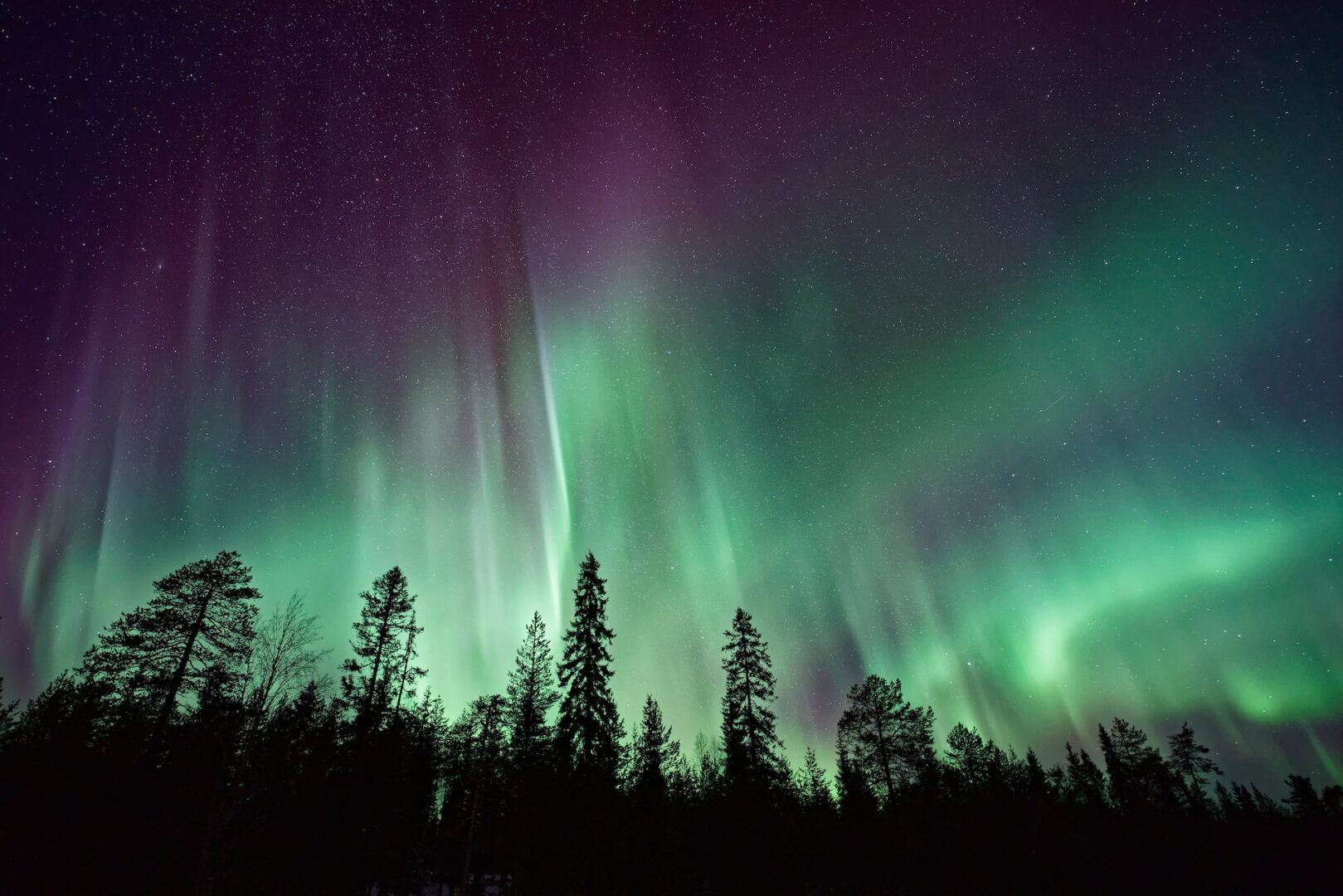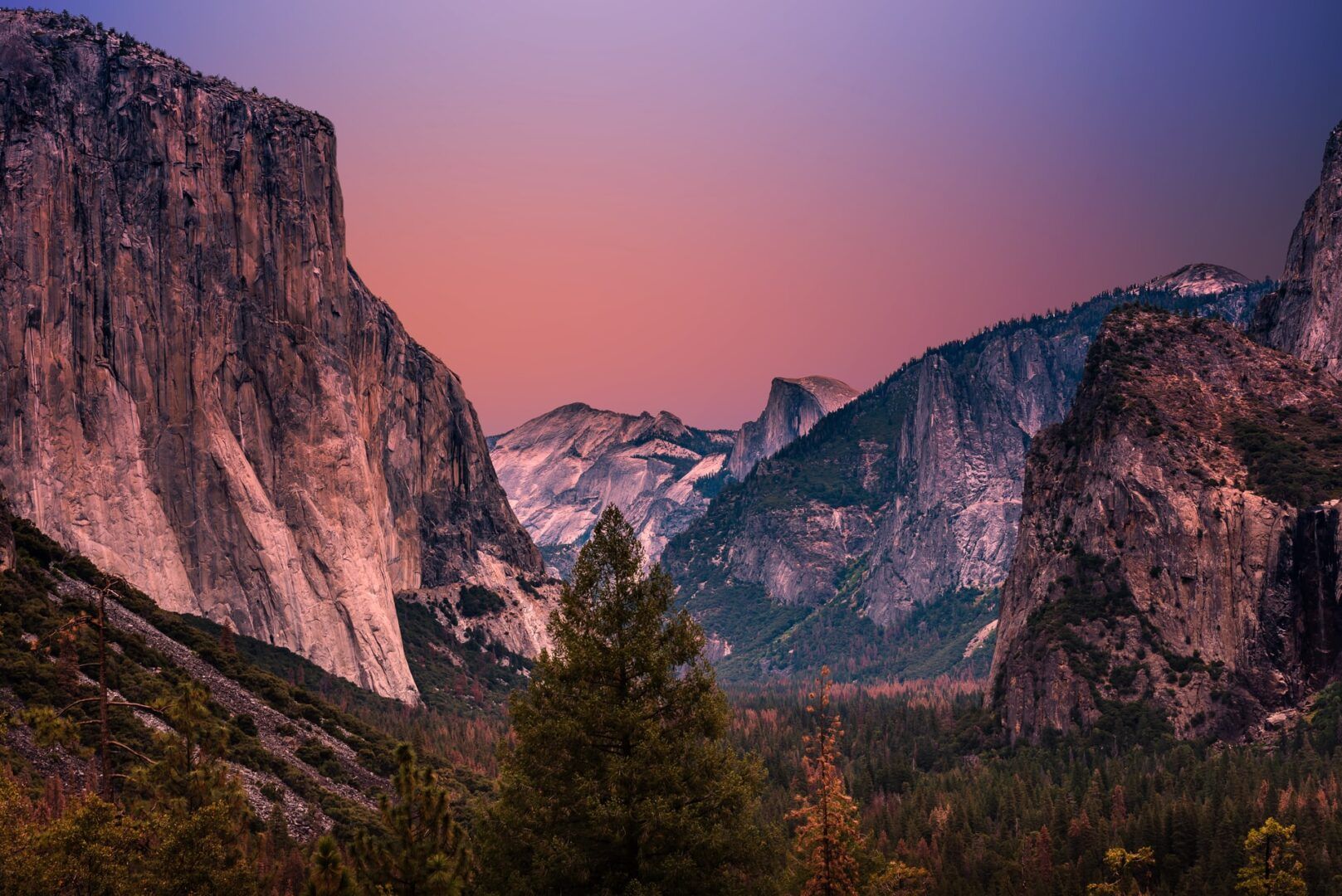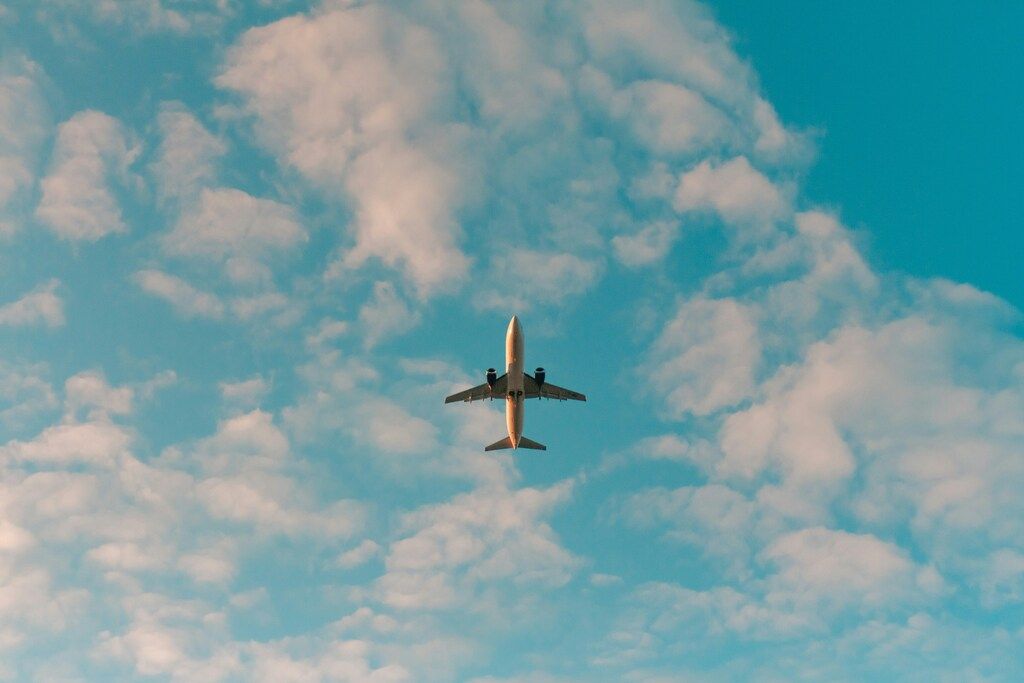

It has always been a source of fascination, whether we see it on a TV documentary or a YouTube video. It makes us want to set off for the great North, but… what are the Northern Lights and what forms them?
Let’s start at the beginning and take matters in order. In English, they are known as the Northern Lights (Aurora borealis), but in reality, this phenomenon also occurs at the South Pole where it takes the name of Aurora Australi. Yes, because the phenomenon is not exclusive to the northern latitudes. Indeed, the two protagonists that contribute to its incredible creation are neither north nor south, but above our head. They are the Sun and the atmosphere (featuring the Earth’s magnetic field), whom I praise daily for this show.
What are the Northern Lights, how are they formed and why?
Okay, so, once we have grasped the preliminary warm-up info, let’s get into the heart. How and why are they formed? It is a luminous effect due to the interaction of the solar wind (basically the flow of energy that the Sun shoots at us) with the ionosphere, one of the highest parts of our Earth’s atmosphere.
In practice, the Sun bombs the atmosphere with charged protons and electrons. This “reacts”, charging itself with an electric charge and emitting it in the form of light. Basically, a massive wireless electric lightbulb. The more energy is directed towards our planet, the more intense, colourful and diffused the auroras. Piece of cake, isn’t it?
The Earth’s magnetic field instead “binds” all this energy along precise lines, to the poles of our planet, but I do not go into detail on this, otherwise, I find you like this:

So it depends a little bit on how much our Sun has decided to toast us. The measurement of the grilling is in kilopascal (kPa), i.e. the pressure of the solar wind on the atmosphere. To give you an idea:

Now, if you have arrived here, looking at this image, you will be thinking “so if we get to like 10 kPa…” and yes, the answer is that we should see the aurora even at our latitudes, but in that case, we would have far more to worry about! Such solar pressure on our atmosphere would mean interrupting radio transmissions on much of the planet and severe discomfort to any electronic component. Not such a great notion given our attachment to these cute devices from which I write and you read me…
History of Aurora Borealis Observations
However, there have been events of this magnitude in the past. The last one was in 1859, and it was so strong that it made us doubt that what was seen in the sky of northern Norway was not the reflection of the Sun (yes, that is what we believed in those distant times), but perhaps something different …
It was Carrington, a joyful English astronomer, who based on what he saw in the sky that summer, put two and two together, and understood that the cause was those huge bean-shaped spots that he had seen forming a few days earlier on the surface of the Sun that began shining brightly. Yes, because sunspots are great producers of flares, mega explosions on the surface of the sun that project on Earth more wind than my cousin after snacking on Fajitas.
In that year, the auroras were not only seen from Italy but also from Cuba, Jamaica and Hawaii! You could be taking a midnight swim in the Caribbean Sea, with a beer in your hand, while above you the Northern Lights are dancing …
After that event of disproportionate proportions, which disturbed the telegraph lines a little everywhere, something vaguely similar happened in 1960 when radio began practically all over the planet.
Shortly before the 1859 event, in 1848, the aurora was even visible from Naples. Fortunately, it was immortalised in a painting, which you will find below.

The colours of the Northern Lights
Now that we know what the aurora borealis is and how it is formed, let’s move on to the questions for experts. What affects the Aurora Borealis’ colours?
Green, red, but also blue and purple. The auroras can take on different colours, depending on the amount of energy and the type of atoms affected. Within our atmosphere, there can be different concentrations of gases, especially oxygen and nitrogen, and this varies mainly according to altitude.
If we’re really lucky, we can spot a red aurora. This means that the lights have developed at altitudes over 250km. When we stay below this distance, i.e. between 100 and 250 km, the colour that develops is the classic green. This is the most common type of aurora.
Below this limit, the auroras take on a purple or bluish colour. These colours, however, are more difficult to distinguish in a dark sky and are often better seen in photos than in real life.
The shapes of the Northern Lights
An arc? A crown over our heads? Or maybe a magical drape that dances around? There can be substantially four types of forms in the world of auroras:
- Arc aurora: These can be either motionless or pulsating. Sometimes they are spotted just above the horizon, other times there may be rather thin ribbons that can even roll up and curl up in the sky!
- Crown aurora: Imagine a shower of light, where divergent arches spread over you, pulsing and dancing, without ever reaching the centre.
- Drape or curtain aurora: Maybe my favourite, indeed, definitely my favourite! And they are also the most common. Picture a tent floating in the wind. If you do, my advice is to take a walk in an area where you can admire it while being quietly, peacefully and happy to be in the world.
- Widespread aurora: They are the rarest of all, I have never seen them, it should be a luminescence without well-defined boundaries, difficult to grasp with the naked eye.
Norse, Lapp and other populations
Listen to this. The indigenous peoples of the Labrador Peninsula believed that the Northern Lights were lit on by the deceased during a ballgame made with the skull of a walrus. I swear.
However, other people had also come up with bizarre ideas about the inexplicable phenomenon. In general, it was linked to the souls of the deceased whether they were children or tribe elders. The Lapps thought, for example (linked below, we have a great trip in that region), they were the souls of the transcended ones en route to the afterlife. Very poetic. In the moments when the lights were high in the sky, it was necessary to respect the dead by remaining serious and grave, including children.
In our travels, it is not precisely so, but I assure you that viewing this show really leaves everyone smitten.
Norwegian folklore, on the other hand, suggests that the lights are the spirits of the old wise men of the tribe, while in ancient China it was believed to be the fiery breath of a dragon.

Now that you know what the Northern Lights are, come and gaze at them with us!



